A lot of progress was made at the 27th session of ICCAT which was held from 15th-23rd November. Firstly, a new measure was agreed establishing a prohibition on retaining North Atlantic shortfin mako on board, transshipping, and landing, whole or in part, caught in association with ICCAT fisheries in 2022 and 2023 as a first step in rebuilding. This was one of our priority asks. In addition, the measure approved requires CPCs to “implement a rebuilding program for North Atlantic shortfin mako shark starting in 2022 to end overfishing immediately and gradually achieve biomass levels sufficient to support maximum sustainable yield (MSY) by 2070 with a probability of a range of between 60 and 70 % at least.” This framework is clear and will help to reduce total fishing at sustainable levels to rebuild the stock.
On observer coverage, including electronic monitoring (EM), the measure establishes that CPCs shall gradually increase the coverage of all longline fishing vessels in ICCAT fisheries that may have potential interaction with North Atlantic shortfin mako sharks to 10%.
There is a process for future permissible retention based on the information provided by the Standing Committee on Research and Statistics (SCRS), and new requirements for data reporting, including any landings, dead discards, and live releases, of North Atlantic shortfin mako.
Finally, the measure establishes that the SCRS shall continue to prioritize research into identifying mating, pupping and nursery grounds, and other high concentration areas of North Atlantic shortfin mako; options for spatial-temporal measures; mitigation measures, together with the benefits and disadvantages for the objectives of the rebuilding program, aimed at further improving stock status; and other areas the SCRS deems helpful both to improving stock assessments and reducing shortfin mako mortality.
The new conservation measure for tropical tunas, including new allocations, were not approved. The agreement was instead to roll over the old conservation measures (19-02), which established a TAC of 62,000 tons for bigeye tuna and 110,000 tons for yellowfin tuna, and a FAD prohibition in the high seas or EEZs, from January 1st to March 13th, 2022.
There was also some very positive news on albacore. ICCAT adopted its first fully specified management procedure (MP) (aka harvest strategy) for North Atlantic albacore. This stock already had a harvest control rule (HCR) in place (Rec 17-04) after adopting management objectives in 2016. Since the adoption of this HCR, managers and scientists have been working to develop & adopt the remaining elements that are needed to transform the HCR into a fully specified management procedure. This was also one of our asks!
For South Atlantic albacore, recommendation 16-07 on the Southern Albacore Catch Limits for the Period 2017-2020, (24,000 tons) were extended to 2022. However, albacore Catches in the Mediterranean increased to 2,675t in 2020. There is considerable uncertainty about the current stock status, and the ability of the available catch-per-unit-effort (CPUE) series to monitor stock trends is limited. The stock is overfished and undergoing overfishing.
Stock status results were presented:
- The two skipjack stocks, Eastern Atlantic and western Atlantic are likely not overfished, and overfishing is not occurring.
- Maintaining a TAC of 120,000t for yellowfin tuna is expected to maintain healthy stock status (no overfishing, not overfished) through 2033.
- The Atlantic bigeye tuna stock status has improved since 2017 and was estimated to be overfished but not undergoing overfishing. A future constant catch of 61,500t, which is the TAC established in Rec. 19-02, will have a high probability (97%) of maintaining the stock in the green quadrant of the Kobe plot by 2034.
- The South Atlantic albacore stock is not overfished, and overfishing is not occurring. Catches are consistent with current TAC (24,000t), showing 98% probabilities of being in the green quadrant of the Kobe plot by 2033.
However, several CPCs expressed concerns about the statuses being too optimistic.
